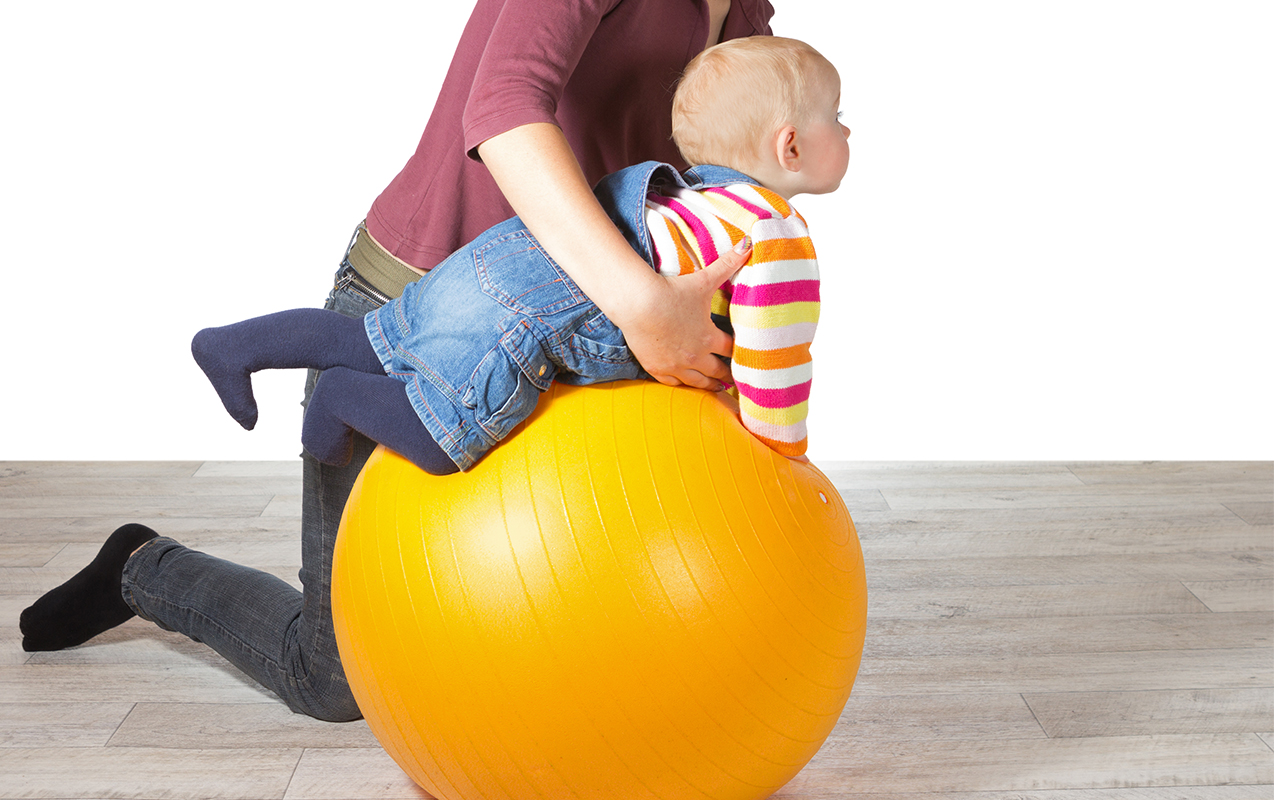Tummy Time: Learning Delays that could Result from Lack of Tummy Time

National Foster Care Association Malta VO/0354

I have four kids. Over the last seven years I have gone from the overly paranoid, blow everything out of proportion type to the it’s all good, they’re more resilient than you think type. I read up on as much information as I can to make sure my kids are getting what they need, but I don’t feel the need to obsess about the fine details. Not only are kids resilient, they’re smart too. Watch their cues and they’re pretty good at letting you know what they need. With my fourth we’ve lived in a house with mostly tile (it’s harder to stain) and the little carpeted areas we have are usually occupied by my older three who are experts on filling it up with little things that shouldn’t end up in little mouths or aren’t so conscious of the fact that it’s not a good idea to body slam their little brother. So for safety’s sake my youngest didn’t get as much tummy time as he should have. Now that he’s mobile I can already see some of the effects that lack has caused. It took him awhile to get going at all and he’s really struggled to get his head up off the ground when he’s up on all fours. So now we’re trying to make up for lost time because lack of tummy time can do more than just delay infant milestones. The delays that come from the lack of tummy time, and failing to learn to crawl properly as a result, can impact learning all the way into your child’s school-aged years.
There are a lot of systems at work during tummy time. So here’s a look at some of the things that develop during this crucial time and how it can impact the child in school.
A baby’s natural response to the prone position (lying on the stomach) is to lift the head and neck. At first, they also lift the arms and legs. Even when it doesn’t look like they’re getting anywhere, the muscles along the core of their body are strengthening. Strong and well-toned core muscles are essential for alertness and attention. Weak core muscles lead to slumped posture, heads resting on desks or fists for support and poor coordination. If their heads are drooping you can bet their attention is as well.
As the core muscles strengthen, the child’s visual field evens out. When the muscles are weak, the head bobbing that results blurs the images around them because they’re unable to focus that quickly. When the muscles develop, the head bobbing decreases, allowing the visual field to even out and become more clear. The eyes and the neck then begin working together to locate objects and determine their location. These developments are not only priming good vision in general, but also visual tracking. Good visual tracking improves reading skills and helps children copy information from a book or white board.
After the development of the core muscles and visual acuity, then comes the beginnings of hand-eye-coordination. One of the objects the eyes locate are the hands. The eyes follow the hands movements improving the child’s visual tracking further and improving the child’s hand motions as they see what their hands are capable of. This motion is just the seed of hand-eye-coordination, which is essential to handwriting and of course helps in all kinds of tasks from being able to perform in gym class to being able to turn the pages of a book with ease.
It is far easier for a baby’s brain to orient their position in relation to the ground when they are on their tummies. While on their backs, gravity pulls on them in a way that prevents most movement. On their stomachs, they are able to resist the pull of gravity by doing things such as lifting the head and extremities, which activates the vestibular system. The vestibular system is responsible for balance and coordination. Children whose vestibular systems aren’t functioning properly struggle with coordination, discrimination of objects and even self-regulation. This can lead to behavioral problems, attention span issues and a whole host of other problems in the classroom.
Obviously if your child is still an infant, get them on their tummies. And that doesn’t mean you have to plop them on the floor and just listen while they scream, because that’s what usually happens if you leave them to fend for themselves. You can hold and rock them in a position where they’re prone and parallel to the ground, rock them on an exercise ball, rest them across your chest as you recline or your lap with your legs flat, you can even rest them on you shins if you lie on your back and raise your legs so your knees create a 50 degree angle and the lower portion of the legs are parallel to the ground. If your child is older and you know they lacked tummy time and struggled with crawling, you can try games and activities that encourage them to get down and crawl around or lie on their stomachs. Crawling tag or obstacle courses are both fun ways to explore for greater development. They can be animals down on all fours or a snake that slithers across the floor. In this instance, their imagination is your friend. Make it work for you.